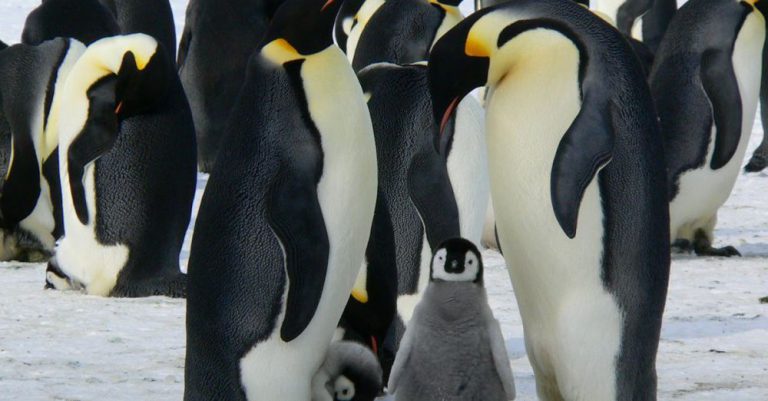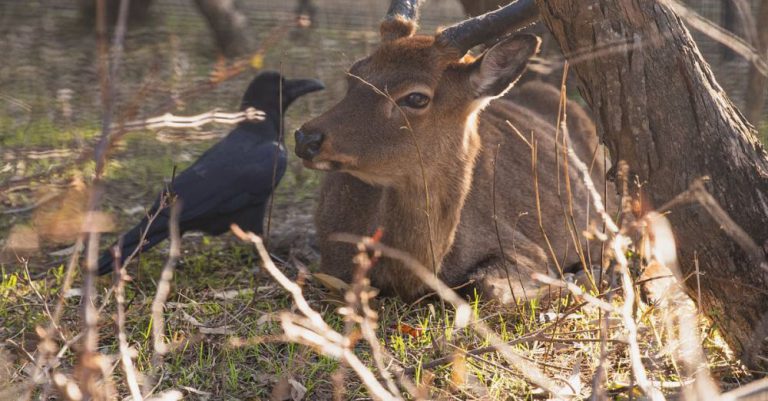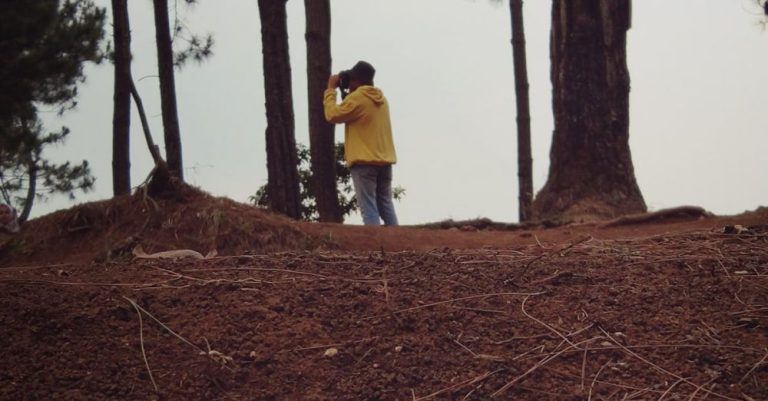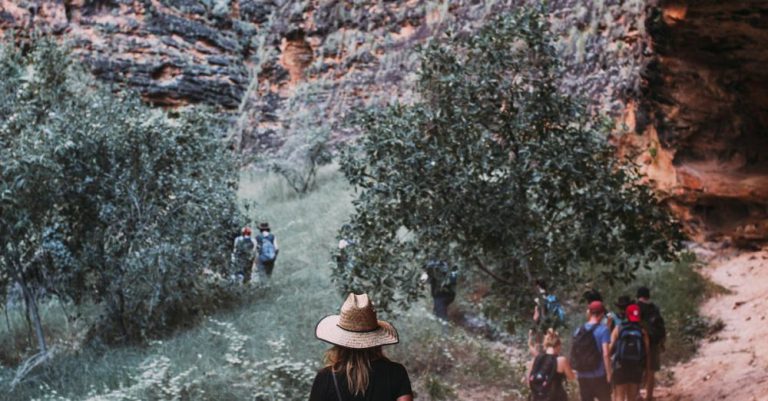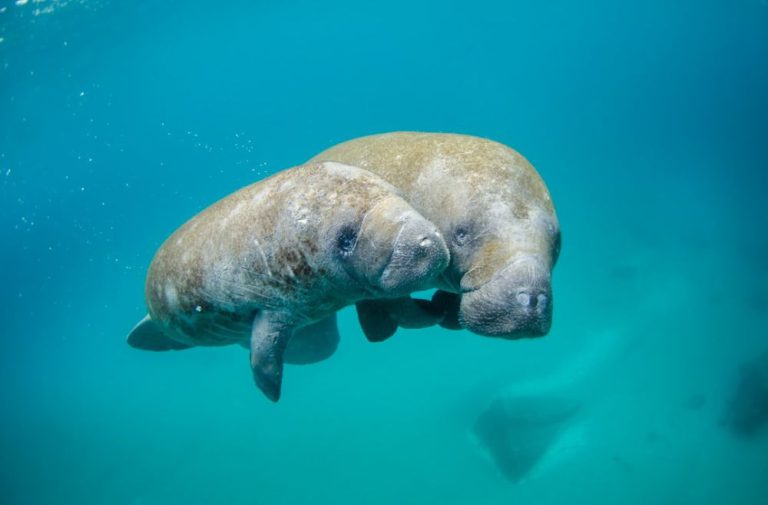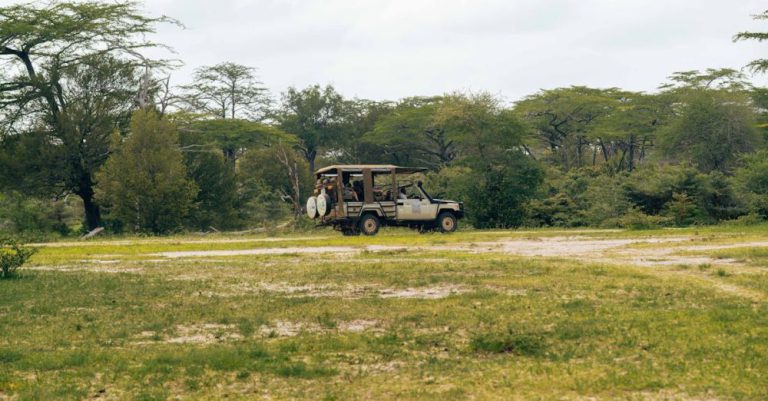
New Zealand is renowned for its stunning landscapes and diverse wildlife, but one aspect of its natural world often overlooked is its unique insect life. From rare species found nowhere else in the world to fascinating adaptations, exploring New Zealand’s insect biodiversity can be a rewarding and captivating experience for nature enthusiasts. In this article, we will delve into the fascinating world of New Zealand’s insects and discover how you can appreciate and learn more about these remarkable creatures.
Discovering New Zealand’s Unique Insect Species
When it comes to insect diversity, New Zealand boasts a wide array of unique species that have evolved in isolation over millions of years. One of the most iconic insects in New Zealand is the weta, a large, flightless insect with a distinctive appearance resembling a cricket. These fascinating creatures come in various shapes and sizes, with some species growing as large as a human hand. Wetas are nocturnal and can be found in forests, caves, and even urban areas across the country.
Another intriguing insect found in New Zealand is the giraffe weevil, named for its long neck and distinctive appearance. These weevils are endemic to New Zealand and play a crucial role in the country’s ecosystem. With their elongated necks, giraffe weevils are not only visually striking but also fascinating examples of evolutionary adaptation.
Exploring Insect Habitats in New Zealand
To truly appreciate New Zealand’s insect life, it is essential to explore their natural habitats. From lush rainforests to alpine meadows, the country offers a diverse range of ecosystems that support a wide variety of insect species. One of the best ways to observe insects in their natural environment is by going on guided nature walks or eco-tours led by knowledgeable local guides.
In addition to exploring natural habitats, visiting insect sanctuaries and conservation centers can provide valuable insights into the efforts being made to protect and preserve New Zealand’s insect biodiversity. These facilities often offer educational programs and interactive exhibits that showcase the importance of insects in maintaining healthy ecosystems.
Photographing New Zealand’s Insect Life
For those interested in photography, capturing images of New Zealand’s unique insect species can be a rewarding and enjoyable experience. With the right equipment and techniques, you can create stunning images that highlight the beauty and intricacies of these fascinating creatures. Macro photography, which involves capturing close-up shots of insects, is particularly well-suited for showcasing the intricate details of their anatomy and behavior.
When photographing insects in the wild, it is important to respect their natural habitats and behavior. Avoid disturbing or harming insects for the sake of a photo and always prioritize their well-being and conservation. By practicing ethical photography techniques, you can create striking images while promoting the importance of insect conservation.
Appreciating the Role of Insects in New Zealand’s Ecosystems
Insects play a vital role in New Zealand’s ecosystems, serving as pollinators, decomposers, and food sources for other wildlife. By understanding the ecological importance of insects, we can develop a greater appreciation for their role in maintaining the balance of nature. Whether you are a seasoned entomologist or a casual nature enthusiast, taking the time to learn about New Zealand’s insect life can deepen your connection to the natural world.
In conclusion, exploring New Zealand’s unique insect life offers a glimpse into the fascinating and diverse world of these remarkable creatures. By discovering rare species, exploring their habitats, photographing their beauty, and appreciating their ecological significance, you can gain a greater understanding and appreciation for the intricate web of life that exists in New Zealand. So, grab your camera, lace up your hiking boots, and embark on a journey to uncover the hidden treasures of New Zealand’s insect world.
